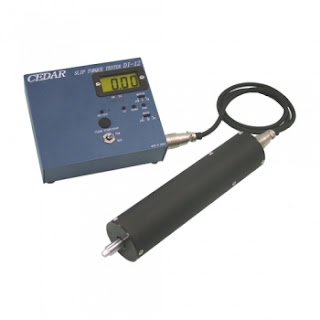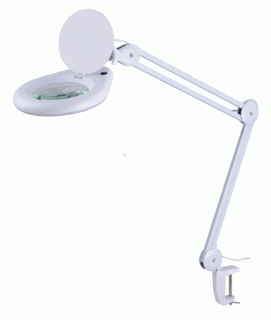Choosing a Torque Meter
A torque meter is a device that measures the amount of force needed to turn a machine. This device measures torque in metric units, which can range from 32.5 to 810 Nm. When choosing a torque meter, you must consider its mounting options. You need to determine whether it will be mounted on a flange or on a shaft. The mounting style should be square or hex, and the meter must be compatible with both clockwise and counterclockwise rotational motion. It must also be certified for NIST traceability.
The rotary type is often used in automotive applications, where it is commonly known as a dynamometer. This type of torque sensor is useful for estimating motor efficiency, performing torsional and rotational vibration studies, and more. Strain gauges are also commonly used in the measurement of torque. The sensors are mounted on the drive shaft, and a wireless interface powers them and transmits the data to a nearby processing unit. A data acquisition (DAQ) system is also available to record and store data.
A torque tester is an important component of a dynamometer, and provides both torque measurements and angular speed (RPM). The angular speed of a rotating machine allows engineers to accurately calculate engine and motor performance. Some torque meters are even able to measure static torque, with an in-line rotary sensor. You can also use a reaction torque transducer to measure the torque in a static situation.
torque meter are available in handheld and tabletop versions. Handheld versions are ideal for automotive use, while tabletop models are better suited for lab applications. Many torque meters have RS-232 ports to save and compare measured torque values. For long-term measurements, an interface and software are invaluable. You can even use a printer to record measurements. So, there are a lot of different uses for a torque meter.
A self-contained electronic torque and angle meter pro is another option. This tool converts any wrench into a precision torque instrument with the help of its rotatably-platform. It features three-colored indicators, an audible signal, and a tactile vibration alert. Unlike a standard torque meter, this digital torque meter offers a convenient design for use in critical industrial applications. This device is designed to measure torque with the aid of a square drive extension, eliminating the problem of hand-hold position error.
Reaction torque tester use a special strain-gauge sensor called a "reaction torsion" that is attached to a metal body. The sensor is mounted in between two metal flanges, one fixed to the ground or a rigid structural member, and the other fixed to the rotating shaft. The rotation generates shear forces between the two flanges, which are captured by foil strain gauges attached to sensor beams. The strain-gauge is then converted into an electrical current via a Wheatstone bridge.
Modern torque
meter have a digital display that measures the output signal from the
transducer. The display converts the reading into the torque value. This
technology usually is located within the housing of a desktop torque tester. A
portable display may be used in conjunction with an external rotary transducer.
Moreover, a handheld torque analyzer can be used with a rotary or stationary
transducer. There are many different types of torque testers to suit different
types of work.





Comments
Post a Comment